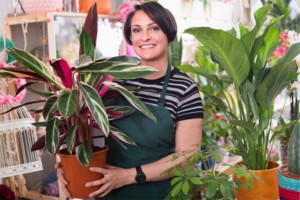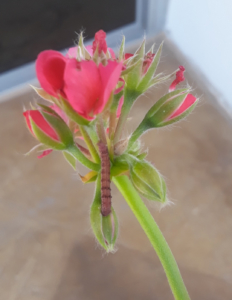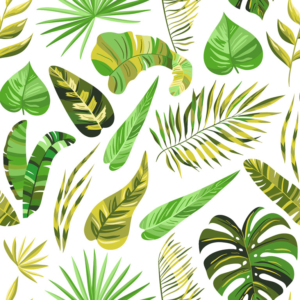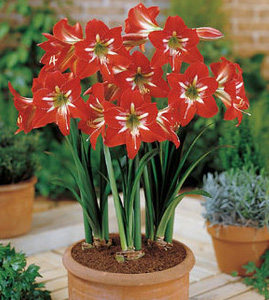Interiorscape Basics
Chapter One
Basically, all plants live and grow in the same way. The essential needs of all plants are air, light, water, minerals and suitable temperature. The plants chosen for use in an interiorscape adapt to the lower ranges of light, warmer temperatures and the low levels of humidity found in most accounts on your routes. These plants will be able to sustain themselves with your assistance in less than their natural, ideal conditions. Your knowledge of plants, environmental conditions, pests and pathogens, watering needs and grooming techniques will support the interior plants in your care. There are four main parts to a plant: the roots, the stems, the leaves and the flowers. To properly care for interior plants, you must understand how your efforts will affect all these parts.

Learn about plant essential elements
Roots
The roots absorb water and nutrients through root tips and fine root hairs at their ends. As the plant grows, it needs increasing amounts of moisture, and as a result, the roots continuously reach out, searching for more water. Roots also anchor the plant in the media or soil. Roots send water and nutrients to the stem to start their distribution to other parts of the plant. It is most important to focus attention on the roots because they do most of the transporting of food throughout the plant.
Stem
The stem supports the plant and transports water and minerals from the roots to the leaves, buds and flowers. The process of photosynthesis (more on that later) distributes the food produced. The stem also stores food when unsuitable growing conditions are present through the plant’s dormant period. In some cases, the stem also manufactures food for the plant.

Plant stems are amazing
Leaf
The leaf is designed to capture light energy to produce the carbohydrates needed for growth. The surface area and the thickness or thinness of the leaf determines the maximum absorption of light. On the underside of the leaf are thousands of pores called stomata that expand and contract in response to environmental conditions. A point called the node is where the leaf attaches to the stem. At each node is an axillary or lateral bud and the space between each node is called the internode. The surface area of the leaf and the action of the stomata let the plant efficiently absorb and diffuse gases and water vapor.

Large leaves capture more sunlight
Flower
The flower is the main reproductive organ of most plants. A few species have separate male and female flowers, but the majority of flowers bear the organs of both sexes. Mature plants produce flowers; most indoor plants don’t reach full maturity and are grown primarily for their foliage. In interiorscaping, some plants that attempt to bloom will have their flower buds removed to keep the primary focus on the growing of foliage.

Amaryllis have amazing blooms
